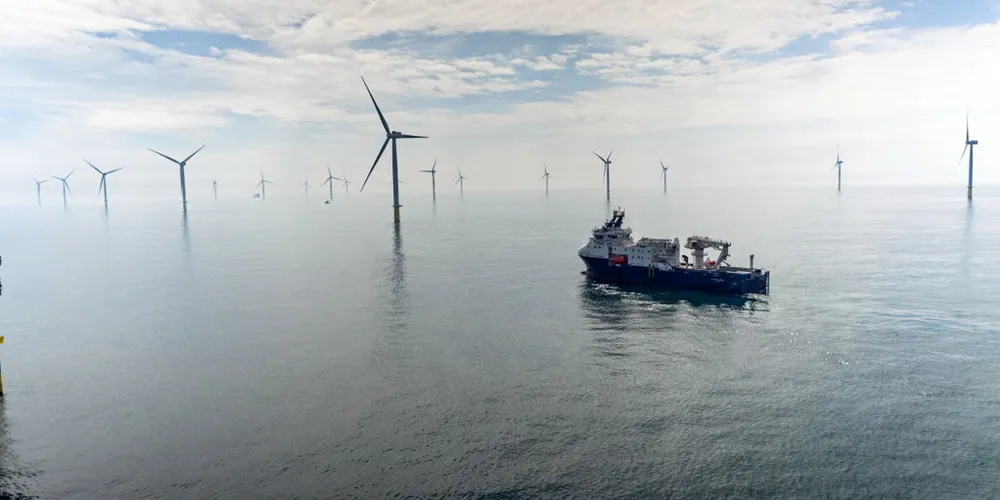'Dark horse Argentina could challenge Brazil in South America's offshore wind race'
Brazil may be the front-runner in South America's rapidly emerging offshore wind play, but Argentina could surprise the market in the 2030s, writes Rikke Nørgaard

Brazil may be the front-runner in South America's rapidly emerging offshore wind play, but Argentina could surprise the market in the 2030s, writes Rikke Nørgaard
